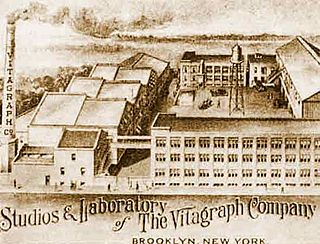
Vitagraph Studios, also known as the Vitagraph Company of America, was a United States motion picture studio. It was founded by J. Stuart Blackton and Albert E. Smith in 1897 in Brooklyn, New York, as the American Vitagraph Company. By 1907, it was the most prolific American film production company, producing many famous silent films. It was bought by Warner Bros. in 1925.
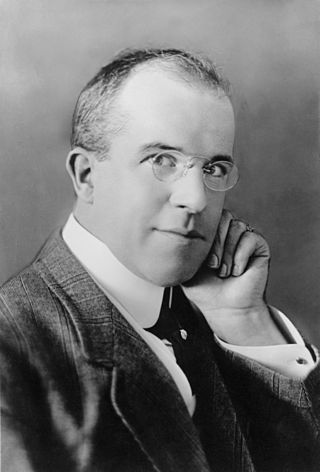
James Stuart Blackton was a British-American film producer and director of the silent era. One of the pioneers of motion pictures, he founded Vitagraph Studios in 1897. He was one of the first filmmakers to use the techniques of stop-motion and drawn animation, is considered a father of American animation, and was the first to bring many classic plays and books to the screen. Blackton was also the commodore of the Motorboat Club of America and the Atlantic Yacht Club.

Florence Turner was an American actress who became known as the "Vitagraph Girl" in early silent films.

Norma Marie Talmadge was an American actress and film producer of the silent era. A major box-office draw for more than a decade, her career reached a peak in the early 1920s, when she ranked among the most popular idols of the American screen.

Flora Finch was an English-born vaudevillian, stage and film actress who starred in over 300 silent films, including over 200 for the Vitagraph Studios film company. The vast majority of her films from the silent era are currently classified as lost.
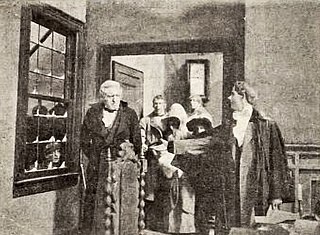
A Christmas Carol is a 1910 silent drama film directed by J. Searle Dawley and produced at Edison Studios in The Bronx in New York City. After the 1901 British release Scrooge, or, Marley's Ghost, this American version of Charles Dickens' 1843 novella is the second oldest surviving screen adaptation of the famous literary work. It features Marc McDermott as Ebenezer Scrooge and Charles S. Ogle as Bob Cratchit.
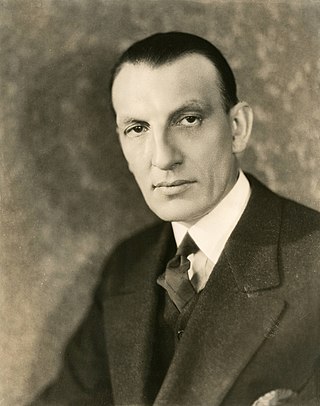
Charles Brabin was a British-American film director.

Arthur Housman was an American actor in films during both the silent film era and the Golden Age of Hollywood.
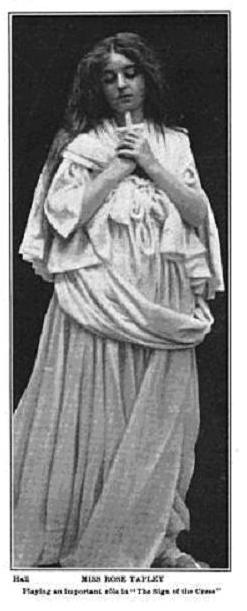
Rose Elizabeth Tapley was an American actress of the stage and an early heroine of silent films.

Gladys Hulette was an American silent film actress from Arcade, New York, United States. Her career began in the early years of silent movies and continued until the mid-1930s. She first performed on stage at the age of three and on screen when she was seven years old. Hulette was also a talented artist. Her mother was an opera star.

Mary Murillo was an English actress, screenwriter, and businesswoman active during Hollywood's silent era.
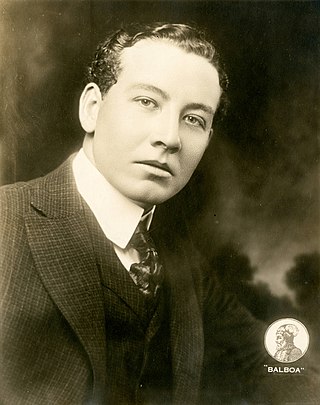
Philo McCullough was an American actor. He appeared in more than 250 films between 1914 and 1969. He was born in San Bernardino, California, and died in Burbank, California.

Hughie Mack was an American actor of the silent era. He appeared in more than 190 films between 1910 and 1928.

Shirley Mason was an American actress of the silent era.
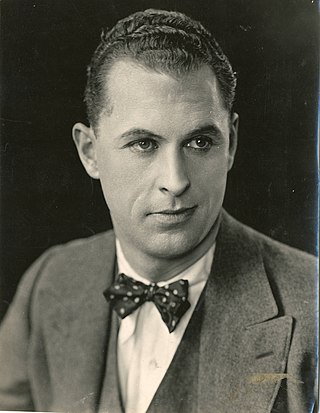
Ralph Waldo Ince was an American pioneer film actor, director and screenwriter whose career began near the dawn of the silent film era. Ralph Ince was the brother of John E. Ince and Thomas H. Ince.

Julia Swayne Gordon was an American actress who appeared in at least 228 films between 1908 and 1933.

Miriam Nesbitt was an American stage and film actress.
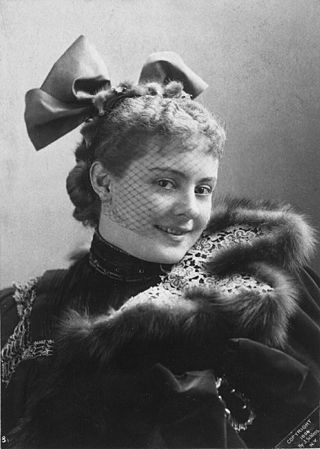
Cissy Fitzgerald was an English-American vaudeville actress, dancer, and singer who appeared in numerous silent and sound films. Fitzgerald acted in a popular Gaiety Girl show beginning in 1894 and was filmed in the role in 1896 in a self-titled short film shot by Thomas Edison's film company. She did not appear in films again until 1914 where she signed with the Vitagraph company and was quite popular in feature films and her own series of Cissy short films. Very little of Fitzgerald's silent material survives except her comic backup role in the 1928 Lon Chaney vehicle Laugh, Clown, Laugh.
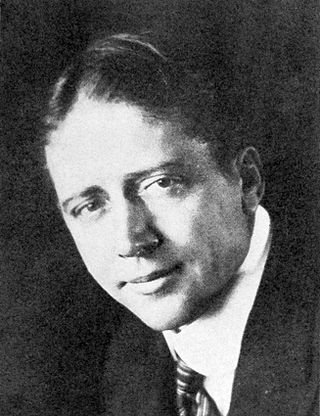
Thomas Herbert F. Lewin, known professionally as Tom Terriss, was a British actor, screenwriter, and film director. After trying various occupations, he became an actor playing a variety of roles, beginning in 1890, in plays, pantomime and Edwardian musical comedy. After the First World War, he left the stage and pursued a decade-long film career. He was the brother of the musical comedy star Ellaline Terriss and son of leading man actor William Terriss.

Wilfrid North, also spelled Wilfred North, was an Anglo-American film director, actor, and writer of the silent film era. He directed 102 films, including short films; acted in 43 films; and wrote the story for three films.




















